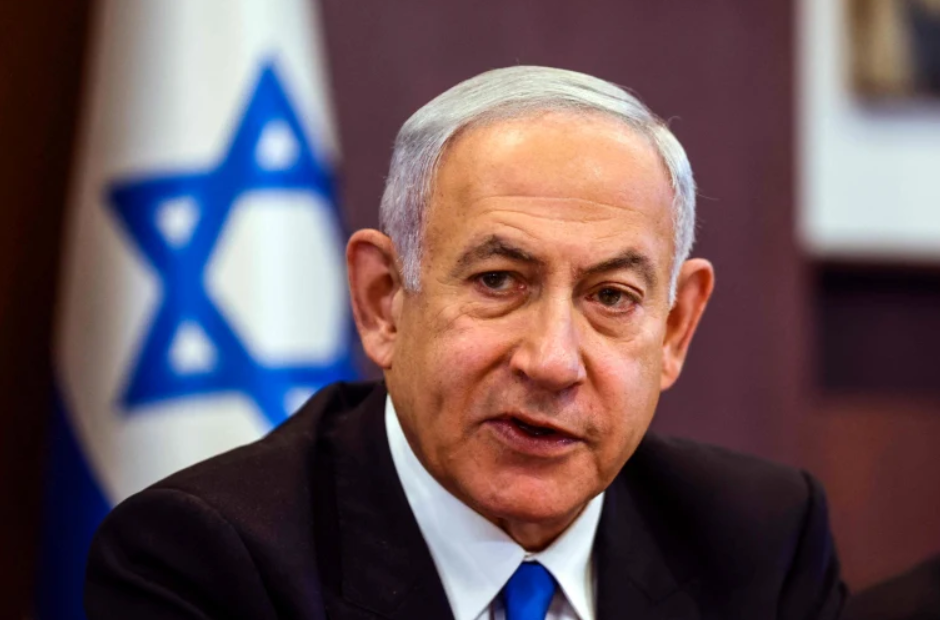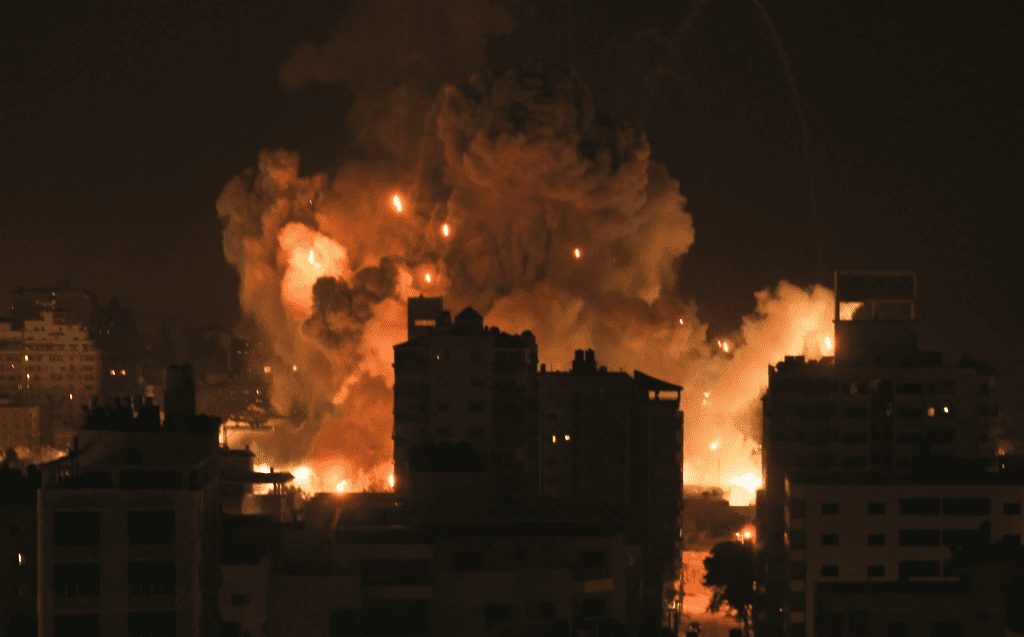In the deadliest conflict in Gaza, intense urban battles unfolded on Monday, marking the bloodiest phase of the war.
The latest casualty count reported 101 Israeli soldiers and around 18,000 Palestinians, heightening concerns over a growing humanitarian crisis.
Hamas, responsible for initiating the conflict with attacks on October 7 that claimed about 1,200 lives in southern Israel, issued a warning.
The group stated that the 137 hostages it still holds won’t survive unless Israel meets its demands, which include the release of more Palestinian prisoners.
Israeli Prime Minister Benjamin Netanyahu urged Hamas to “surrender now,” asserting that thousands of militants have been killed in the three-month-long conflict.
He declared, “It is the beginning of the end of Hamas.”
In response to Netanyahu’s statement, militants from Hamas launched more rocket attacks towards Israel, causing multiple impact sites and injuring a civilian in Holon, near Tel Aviv.

Air strikes continued in Khan Yunis, the largest southern city, with reports of deadly fighting and bombing in central and northern urban areas of Gaza.
Islamic Jihad claimed responsibility for destroying a house in Khan Yunis, where Israeli soldiers were reportedly searching for a tunnel.
As the conflict persisted, many Gazans sought refuge in the south, but the airstrikes reached even those areas.
Tragically, air strikes in Rafah, near Egypt, claimed the lives of seven children from a family that had fled Gaza City.
The Hamas-run health ministry reported additional casualties, bringing the death toll to 17,997, mainly comprising women and children.
Hamas initiated the conflict by breaking through Gaza’s militarized border, leading to the deadliest attack on Israel.
In response, Israel launched a relentless bombing campaign and a ground offensive with the aim of destroying Hamas.
A week-long ceasefire in late November saw an exchange of hostages and Palestinian prisoners, but 137 captives reportedly remain in Gaza.
Hamas warned on Sunday that Israel would not receive their prisoners alive without meeting the group’s demands.
The United Nations General Assembly was set to discuss the humanitarian crisis in Gaza on Tuesday, following the United States’ veto of a Security Council resolution for a ceasefire.
The UN estimates that 1.9 million out of Gaza’s 2.4 million people have been displaced, with half of them being children.
The conflict has severely impacted basic services, especially healthcare, with only 14 of Gaza’s 36 hospitals functioning.
The war and siege have left thousands seeking refuge in damaged facilities, and the UN humanitarian coordinator criticized Israel’s mapping software for safe zones.
The ongoing conflict has taken a toll on basic services, with health care particularly affected.
Only 14 out of Gaza’s 36 hospitals are functioning.
Thousands of people sought refuge in damaged facilities, and the UN humanitarian coordinator criticized Israel’s mapping software for safe zones.
As the conflict continues, concerns rise over the potential expansion of hostilities between Israel and its allies, including the United States, and Iran-backed armed groups, including Hezbollah in Lebanon.
Israel’s military reported striking the source of munitions fired from Lebanon on Monday, heightening tensions at the border.
Amidst the chaos, Palestinian groups called for a general strike in solidarity with Gaza, resulting in the closure of many shops, schools, and government offices across the Israeli-occupied West Bank and annexed east Jerusalem.
The conflict has also led to a regression in daily life for Gazans, with shortages of essential resources and a return to old-fashioned methods of cooking due to the unavailability of gas and firewood.
Tragedy As Gang Kills Cop Who Rescued Six Girls From FGM In Embombut Forest
Israel Launches Airstrikes In Southern Gaza Following Hamas Hostage Threat, Israel Launches Airstrikes In Southern Gaza Following Hamas Hostage Threat
